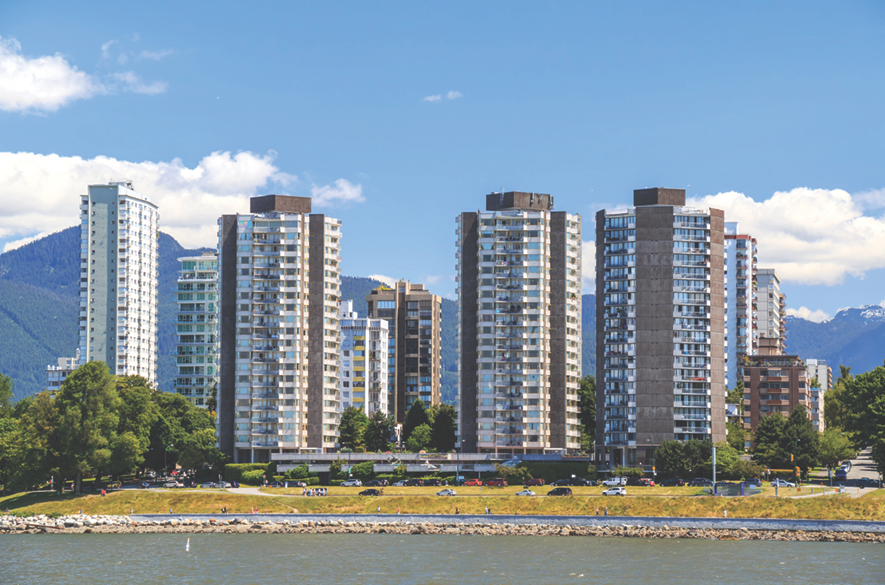Capitalization rates, or cap rates, are a way of estimating the general rate of return of an apartment building by buyers or sellers.
The cap rate for an apartment transaction is calculated by dividing a building’s net operating income or NOI into the total value of the transaction or sale.
This is the calculation made by brokers and industry observers for each transaction and these people often provide their clients with a summary of typical cap rates by product type, or publish cap rate ranges in quarterly reports and newsletters.
For example, a major Canadian real estate firm recently released its fourth quarter cap rate summary report that lists cap rate ranges for A- and B- grade apartments in Canada’s major cities.
These cap rate ranges stretch from a low of 3.25 per cent (in Toronto and Vancouver) to a high of 5.5 per cent (in London and Windsor) for A-grade apartments, and from 4.25 per cent (in Toronto and Vancouver) up to 6.25 per cent (in London and Windsor) for B-grade apartments.
Although it is tempting for building owners to take these cap rates and apply them to their own buildings, in reality cap rates and cap rate spreads are very complex and need to be understood within the context of product availability, quality, and investor demand.
Apartment building owners want to know the value of their buildings to help them decide if it is time to sell, especially in market conditions in which demand for investment properties exceeds the supply of listings.
An unsophisticated seller may take their NOI and divide it by an expected (or hopeful) cap rate, arriving at a potential total value.
What most owners don’t realize is this approach is unreliable because the cap rates they use are often not the right ones; using an industry average cap rate, or worse, another transaction’s cap rate, can yield the wrong value and expectations, often to the detriment of the potential seller.
Cap rates vary greatly from market to market, for new versus old buildings, by quality level, and fluctuate over time based on economic conditions (ex: a flood of foreign investors to the stable Canadian market).
Therefore, it is unwise to assume because an apartment building sold at a 5 per cent cap rate in Vancouver, that a similar building would also sell at a 5 per cent cap rate in Victoria or Ottawa, for example.
Cap rates vary based on the following factors: (1) product availability, (2) product quality, and (3) interest by foreign investors.
Of these factors, the impact of the first two should be self-evident to anyone in the apartment industry and can be quickly explained by saying an apartment building in a secondary city will have a different cap rate than a similar building in Vancouver, and an A-grade building will have a different cap rate than a B-grade building.
A third factor — interest by foreign investors — requires some explanation.
We have observed an interesting trend: currently, large numbers of foreign investors are paying high prices to obtain apartment buildings in Canada, prices above and beyond what we would have expected a building to attract under normal circumstances.
Building owners, brokers, and industry observers should not interpret the low cap rates paid by these investors as a reflection of apartment building values in the broader market, or an indication of expected cap rates for other transactions.
So, what can building owners do to make sure they’re using the right cap rates and valuing their buildings accurately?
It is important the broker whom apartment building owners hire to sell their buildings not only knows selling, but also knows the subtleties of the market and, more importantly, its active buyers, and can translate this knowledge into the right sales package and presentation.
Next: How to invest in industrial real estate
Previous: Investing in strata windups



